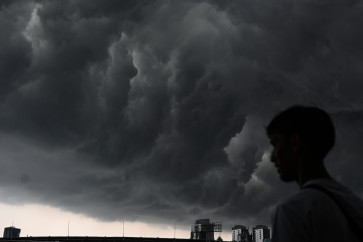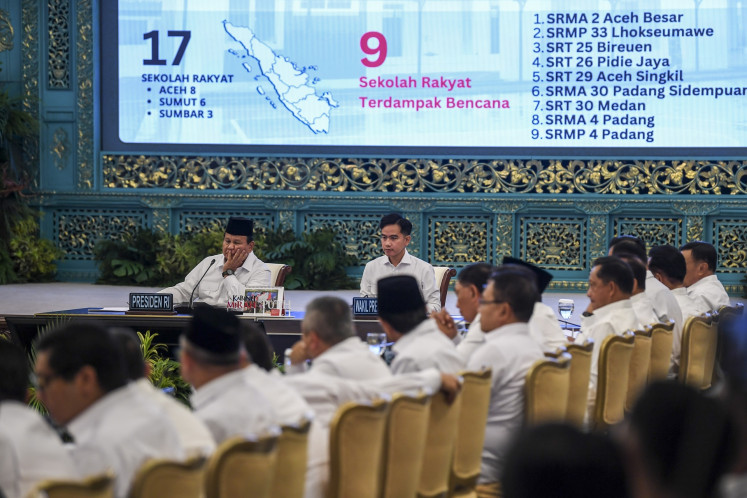Popular Reads
Top Results
Can't find what you're looking for?
View all search resultsPopular Reads
Top Results
Can't find what you're looking for?
View all search resultsRainfall on critical land affects agricultural productivity in NTT
Change text size
Gift Premium Articles
to Anyone
A
gricultural productivity in East Nusa Tenggara (NTT) depends very much on rainfall on critical land covering 90 percent of the province.
NTT river basin area forum chairman Michael Riwu Kaho said NTT had a specific type of soil that made water on land surfaces flow rapidly to the sea. Thus, the development of dams is the main solution for supplying water, both for domestic consumption and agricultural purposes.
Michael said seven giant dams were being built in several areas across NTT. “Within the next 10 years, the water crisis in the province will hopefully be resolved,” he said on Tuesday.
Sea makes up the majority of NTT, covering 200,000 square kilometers, while land covers only 47,349 square kilometers. However, only a minority of the people work as fishermen.
Although surrounded by sea, Michael said NTT suffered a water deficit of up to 2.82 billion cubic meters every year due to low rainfall.
The province’s low-quality soil, which has quite a low water absorption level, has worsened the situation because in order to prevent a water deficit, there should be soil water reserves of between 8 billion and 10 billion cubic meters.
Medrilzam, the environment director at the National Development Planning Board (Bappenas), said illegal logging and forest clearing for plantations had led to a significant decline in forested areas in the country.
He said forest degradation continued to increase every year and forest clearing was not often accompanied by replanting activities. (ebf)










